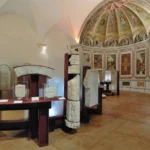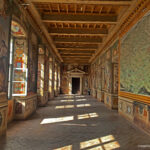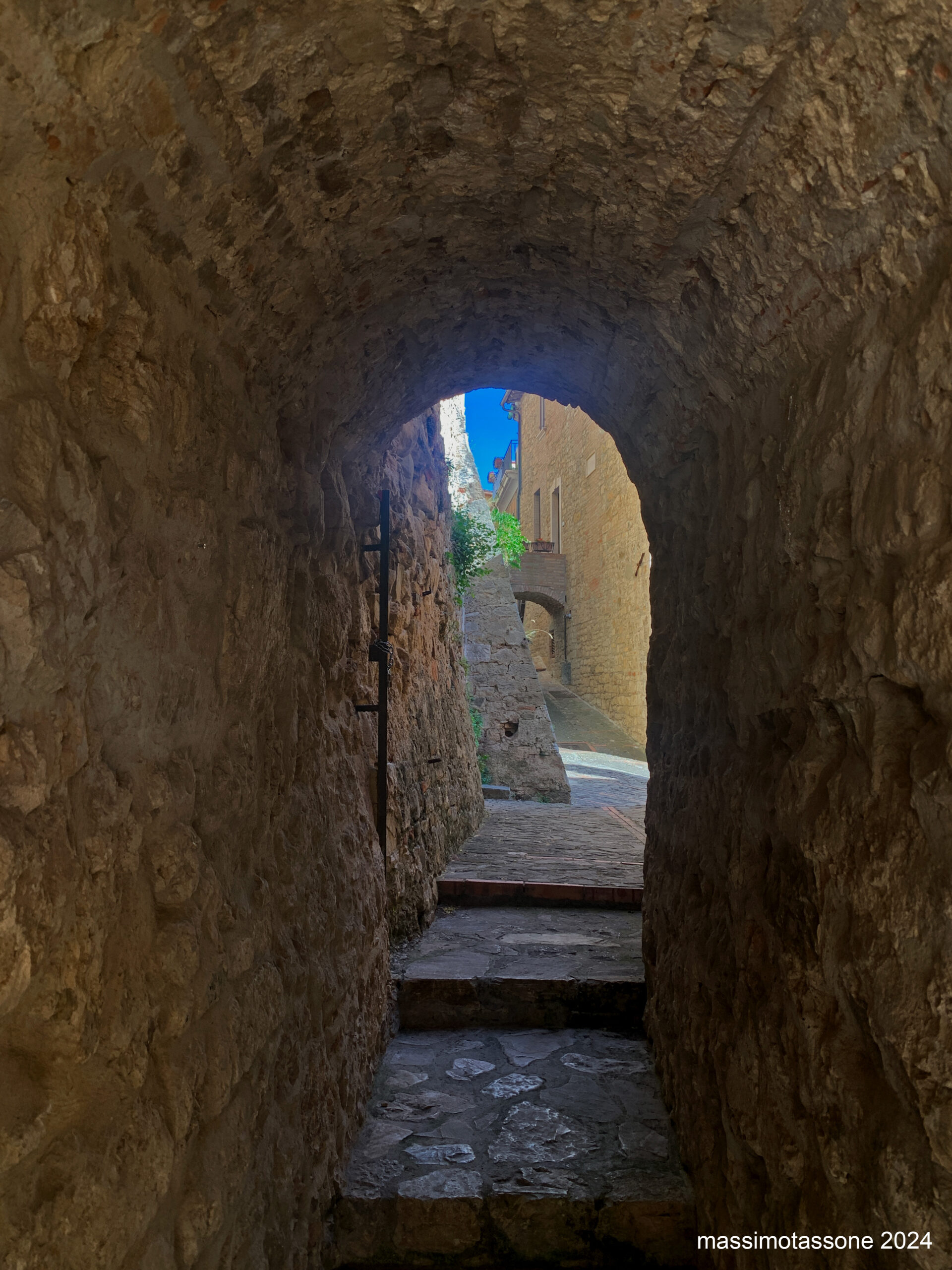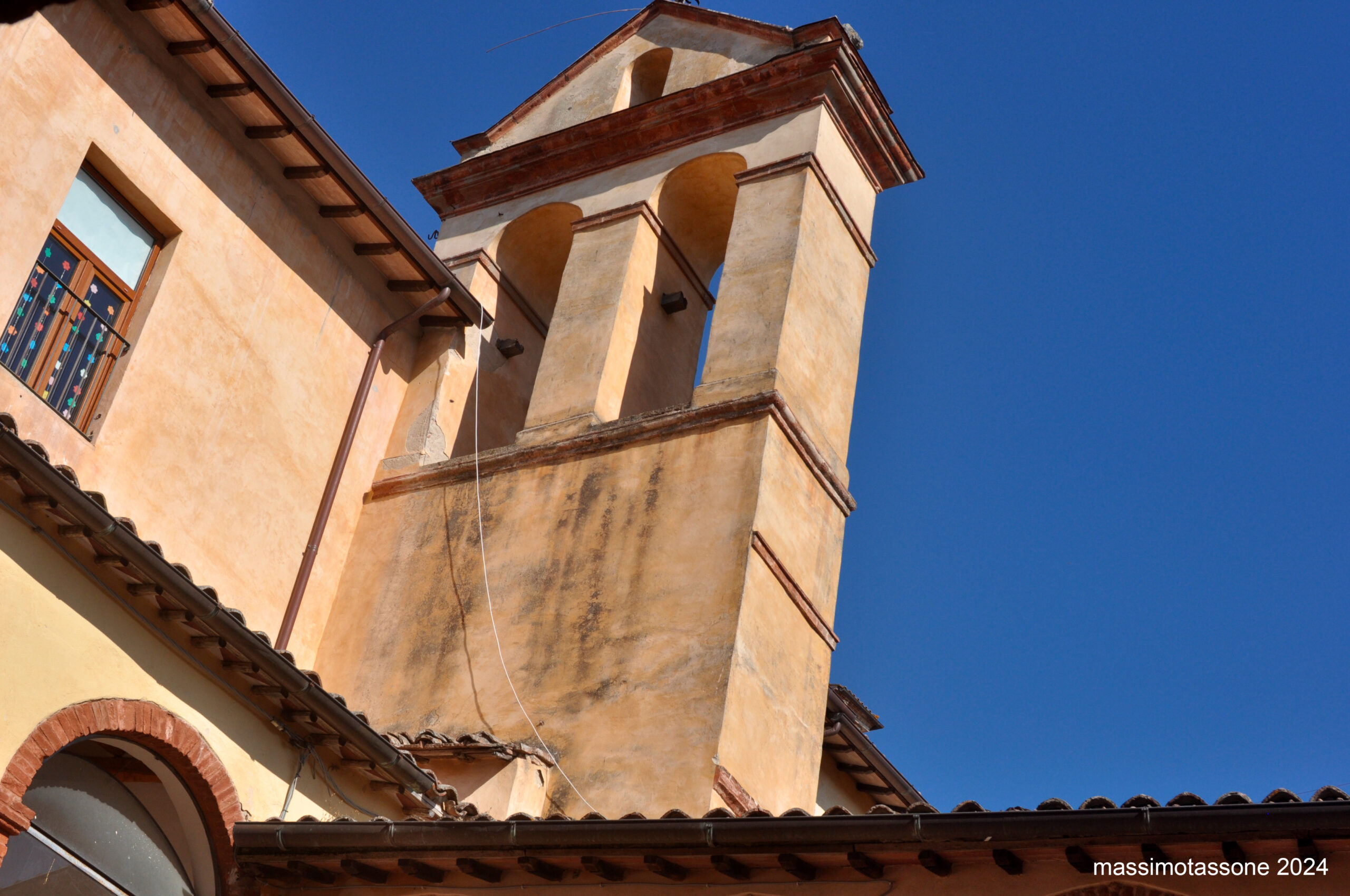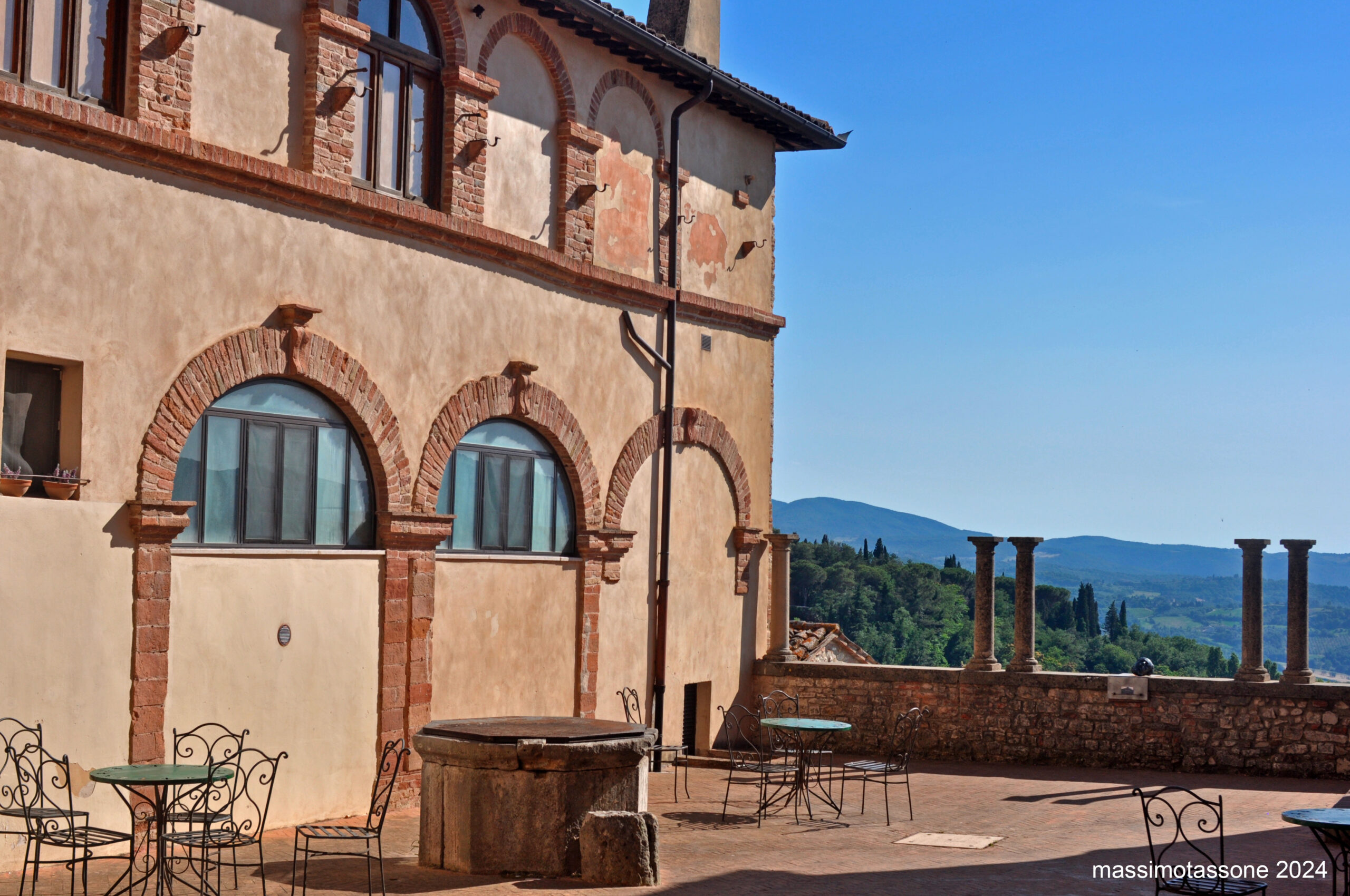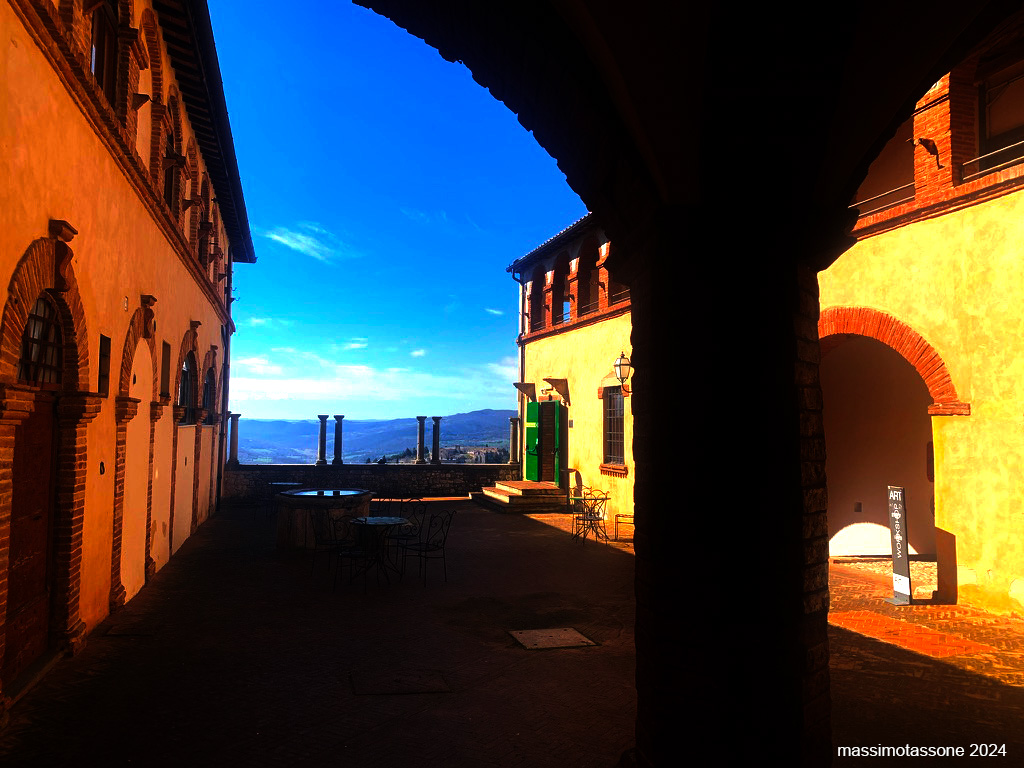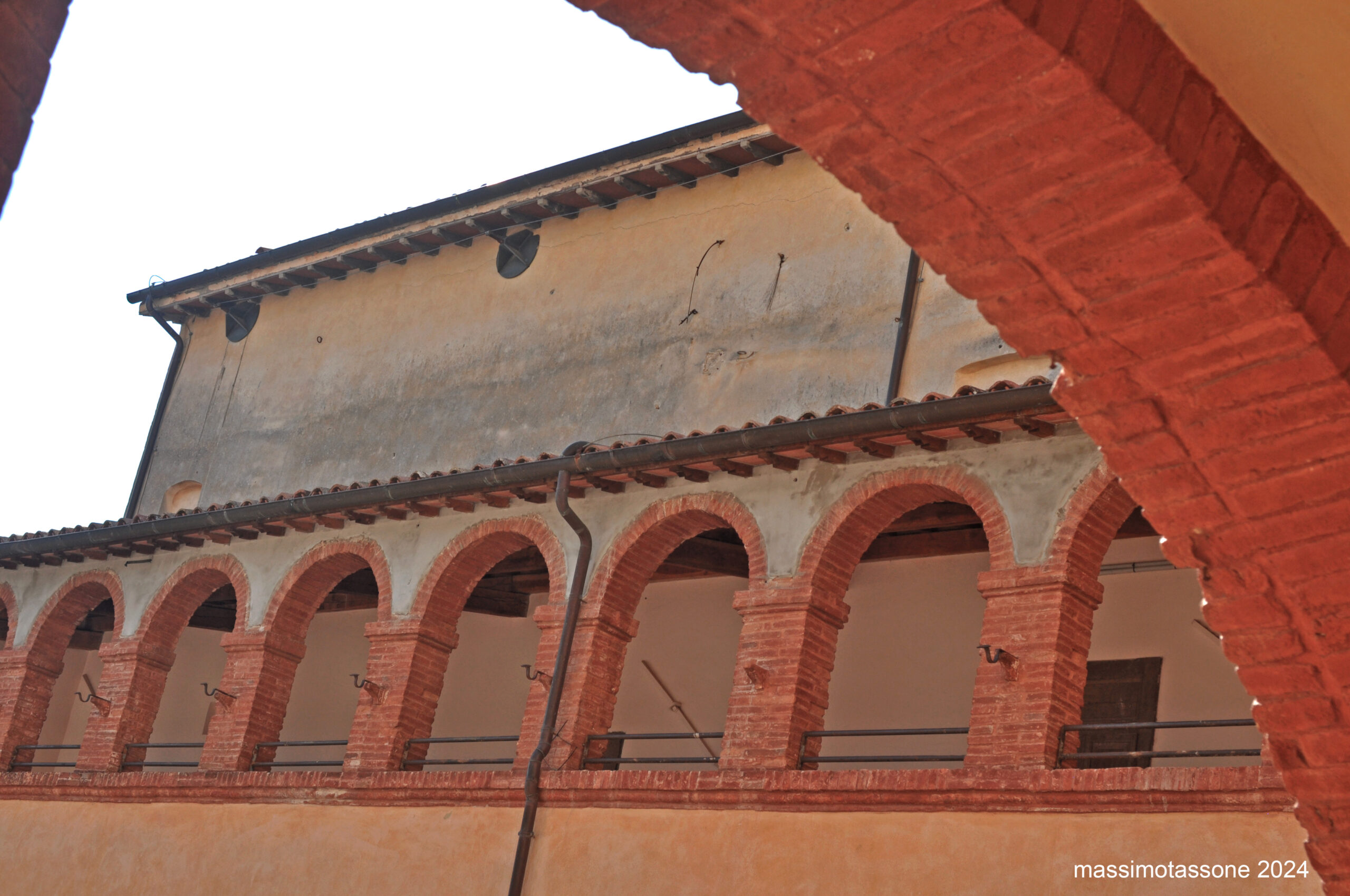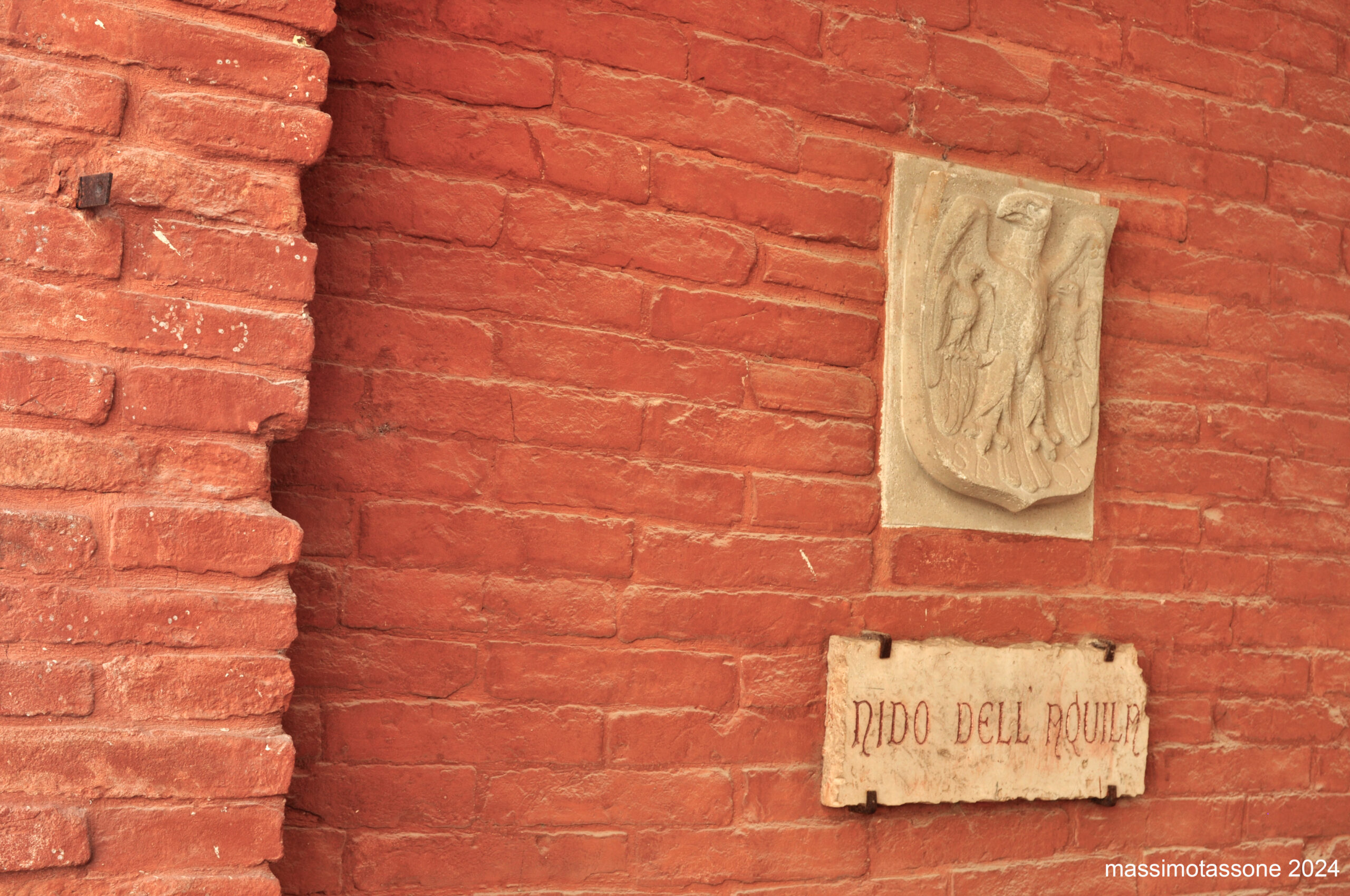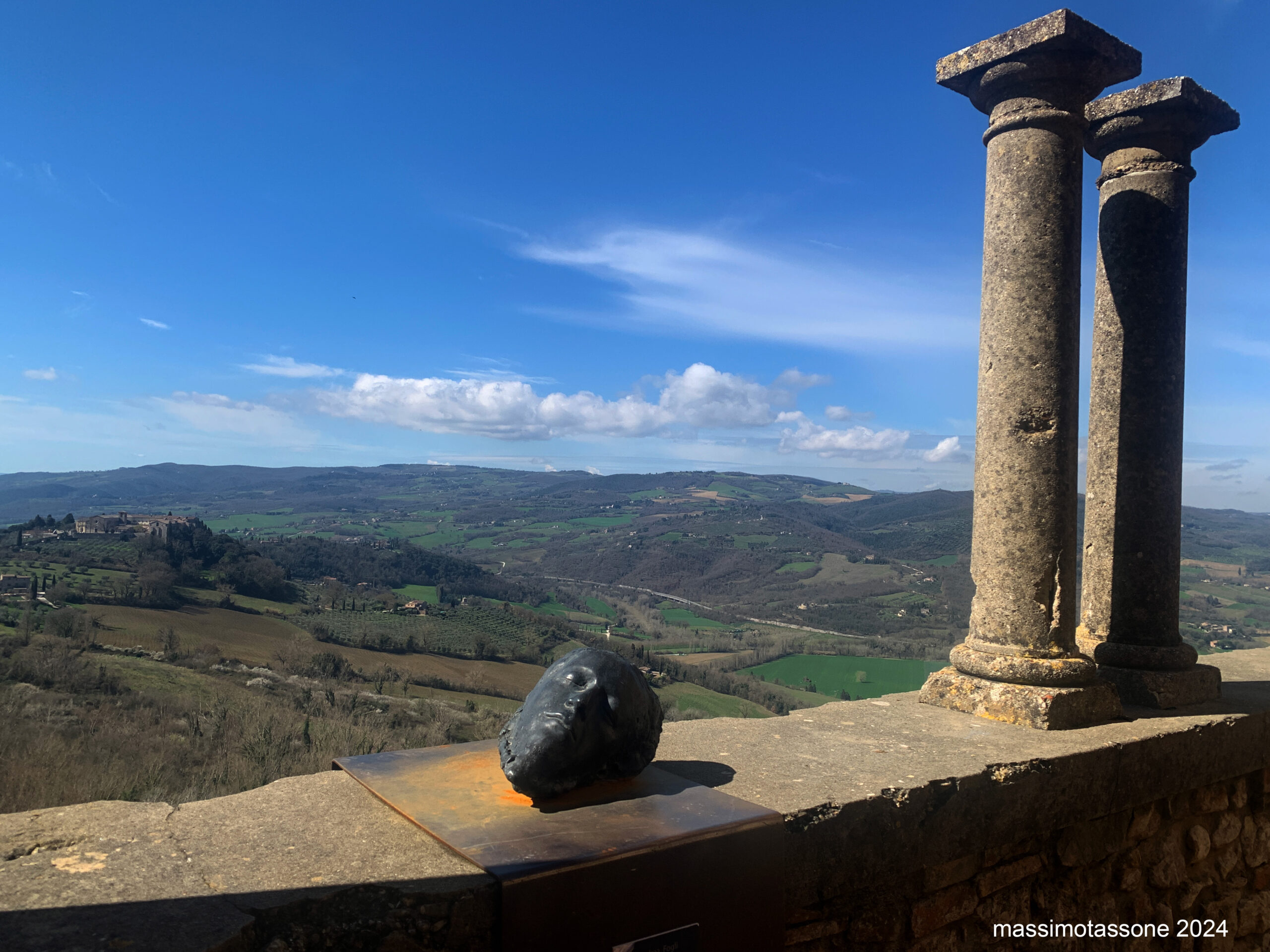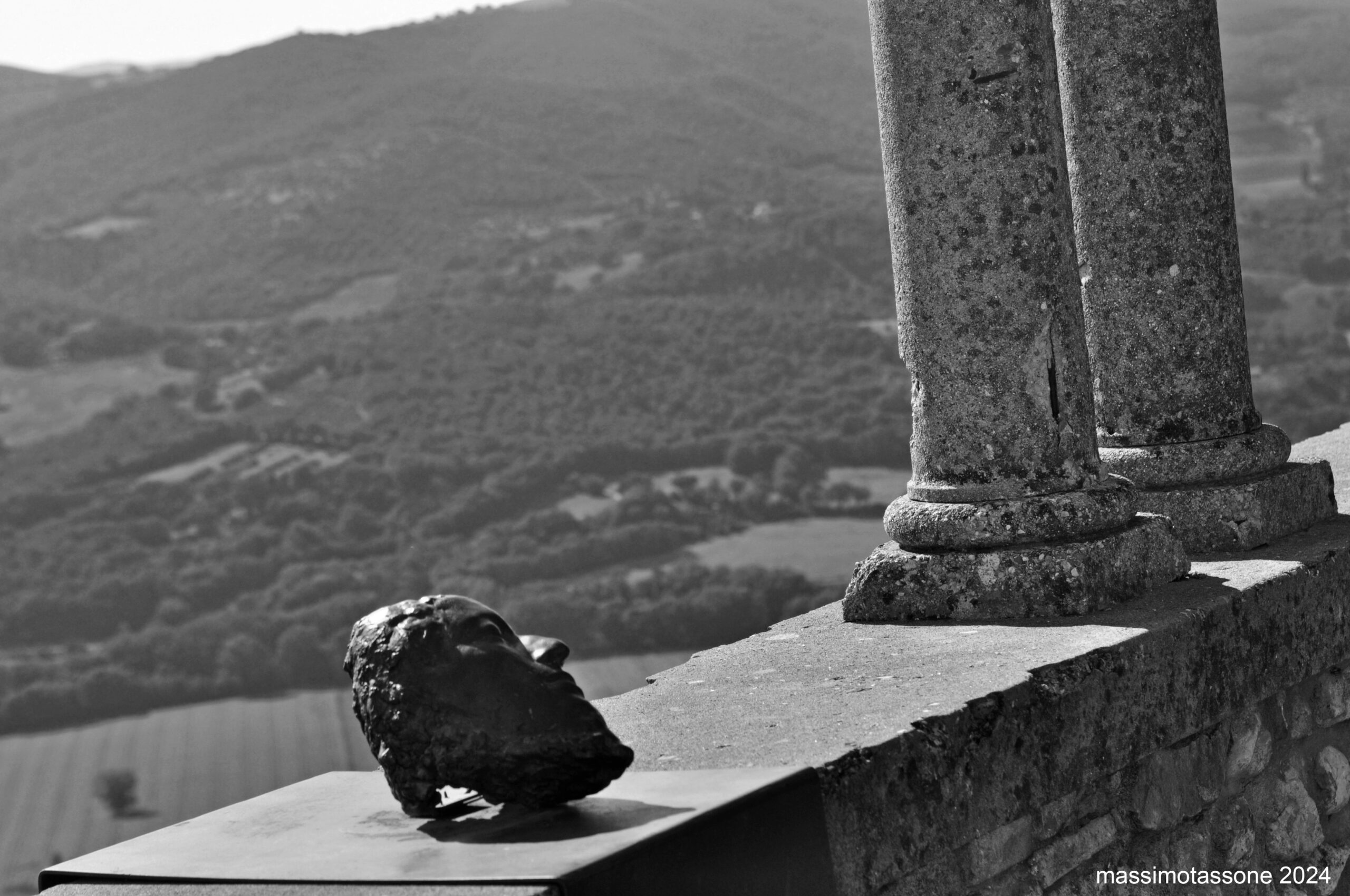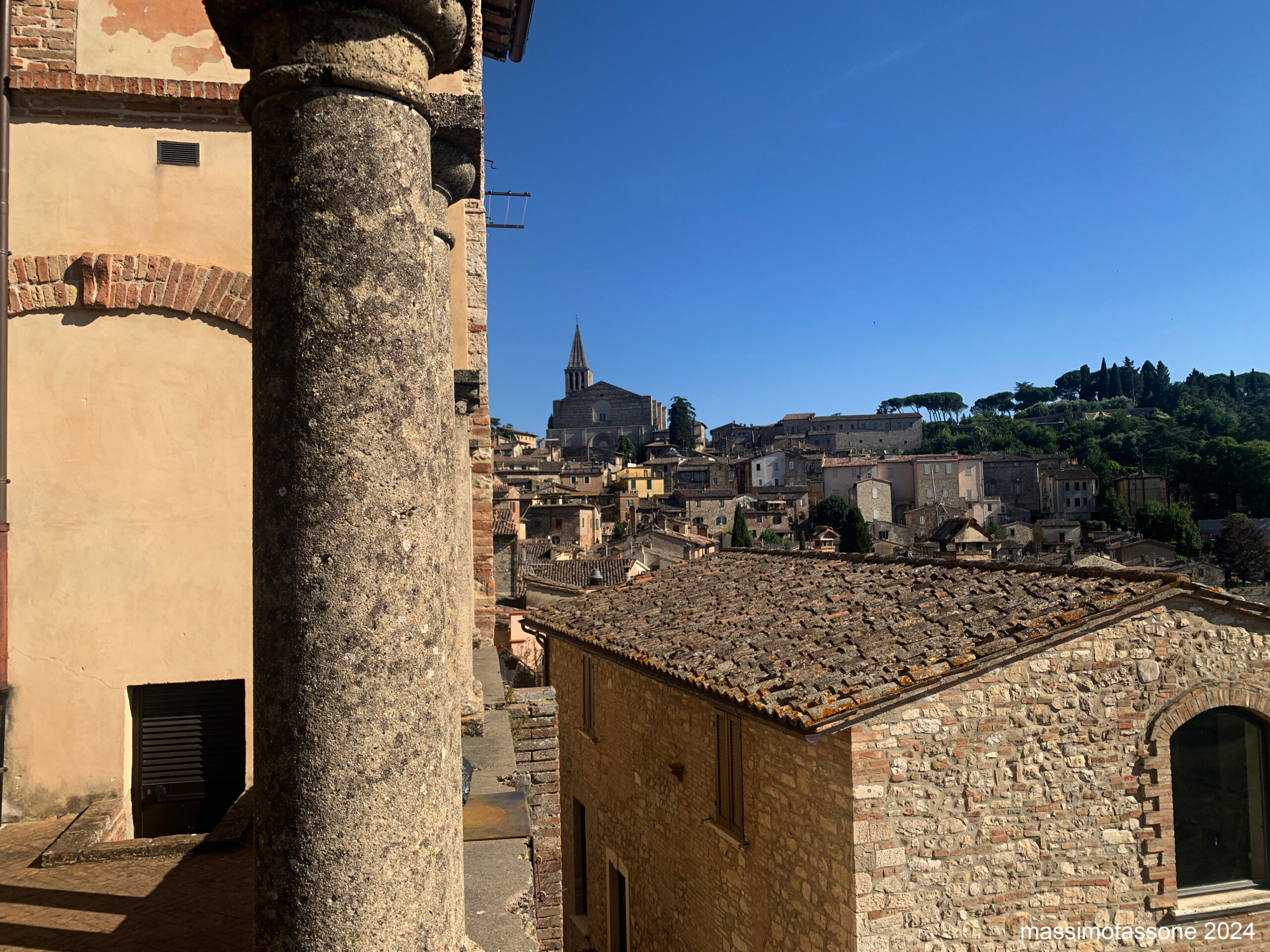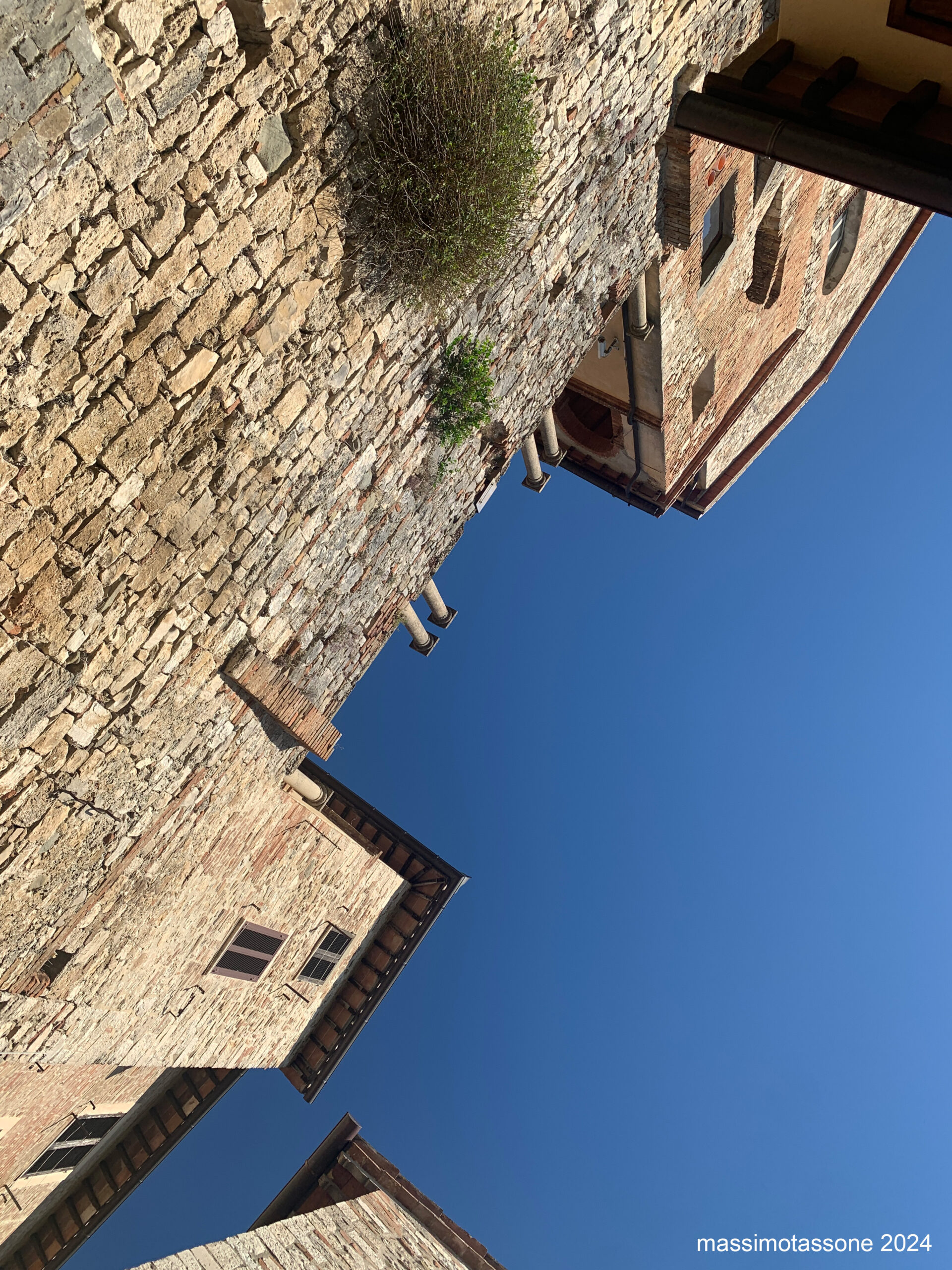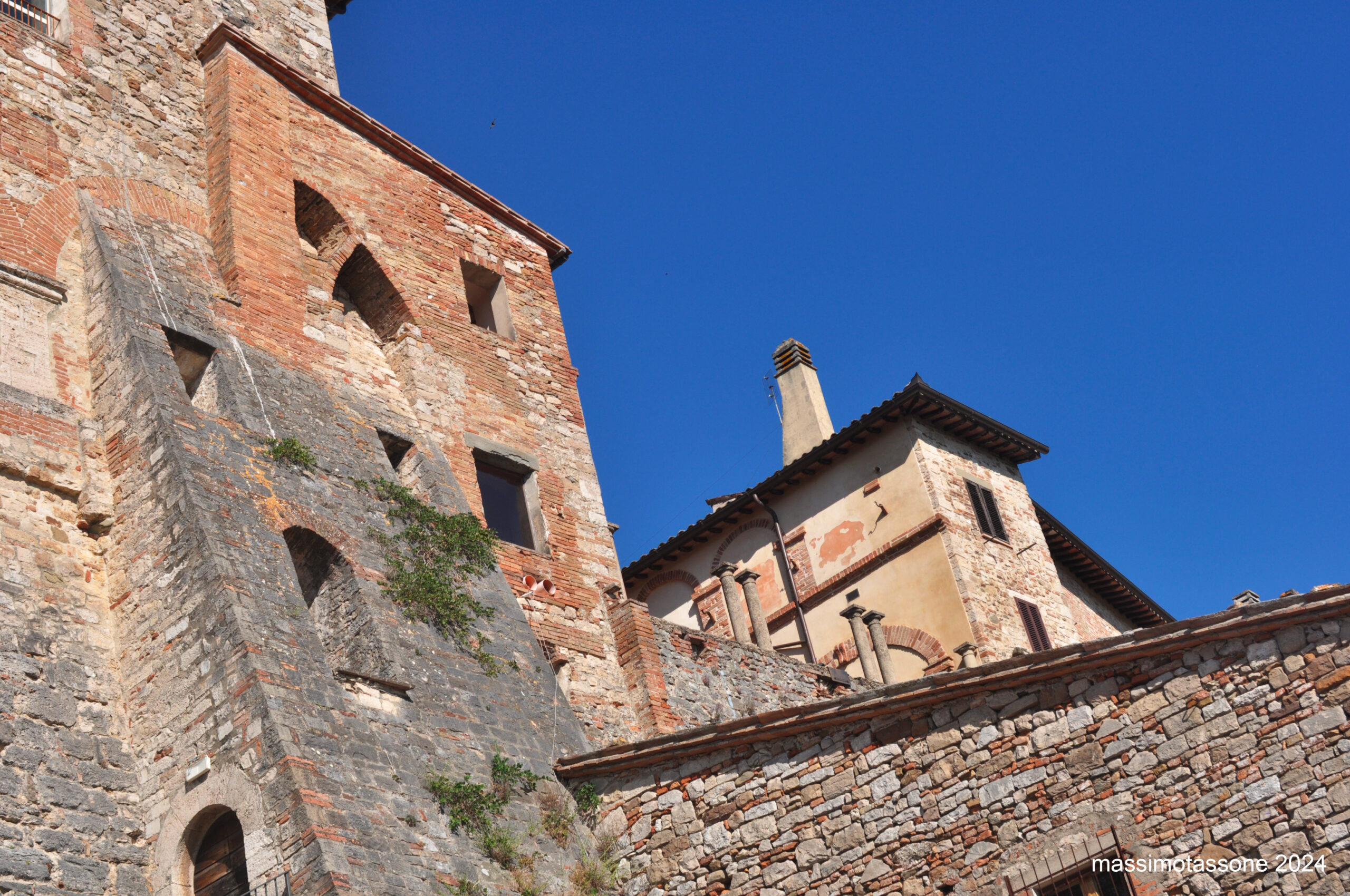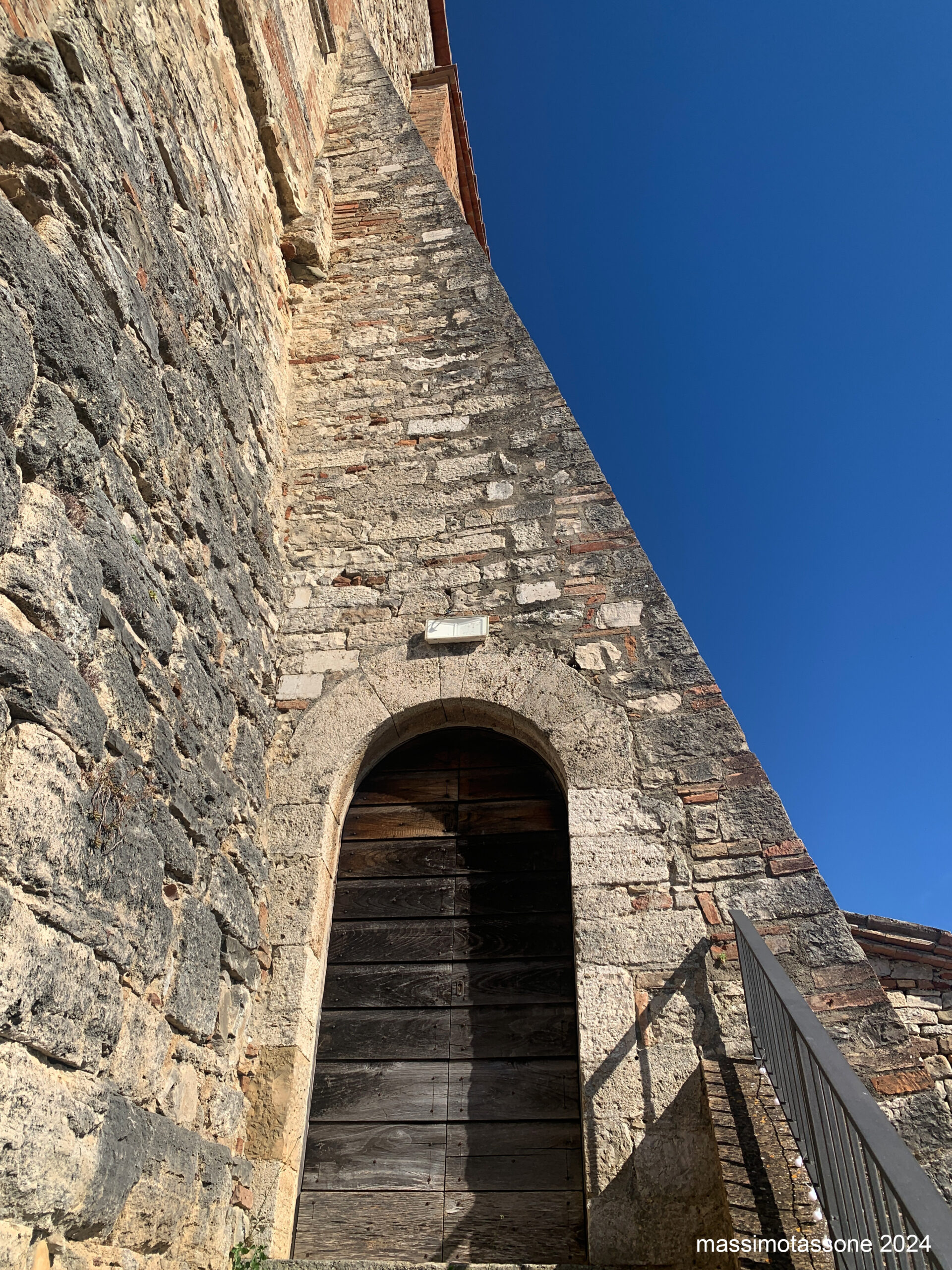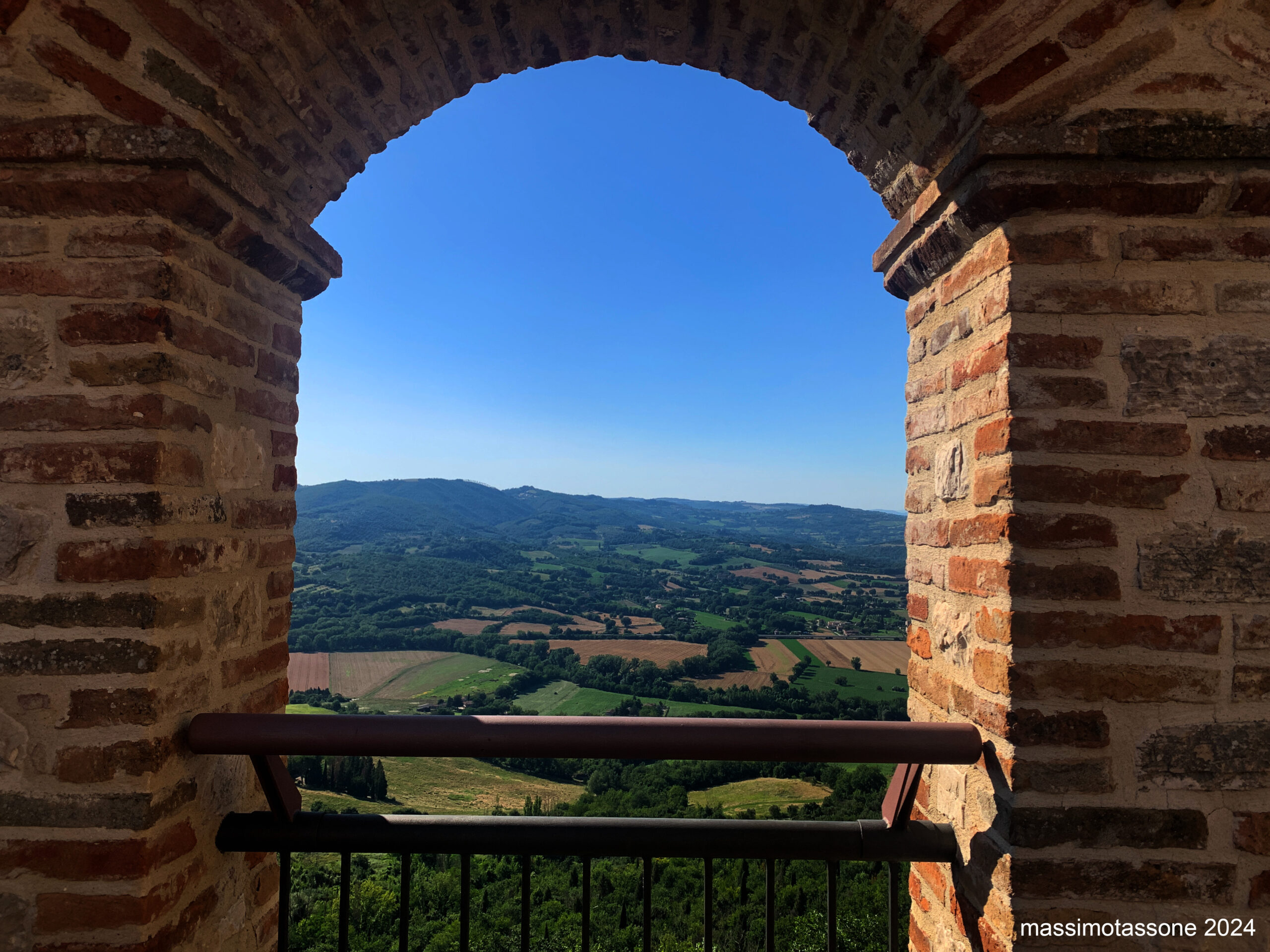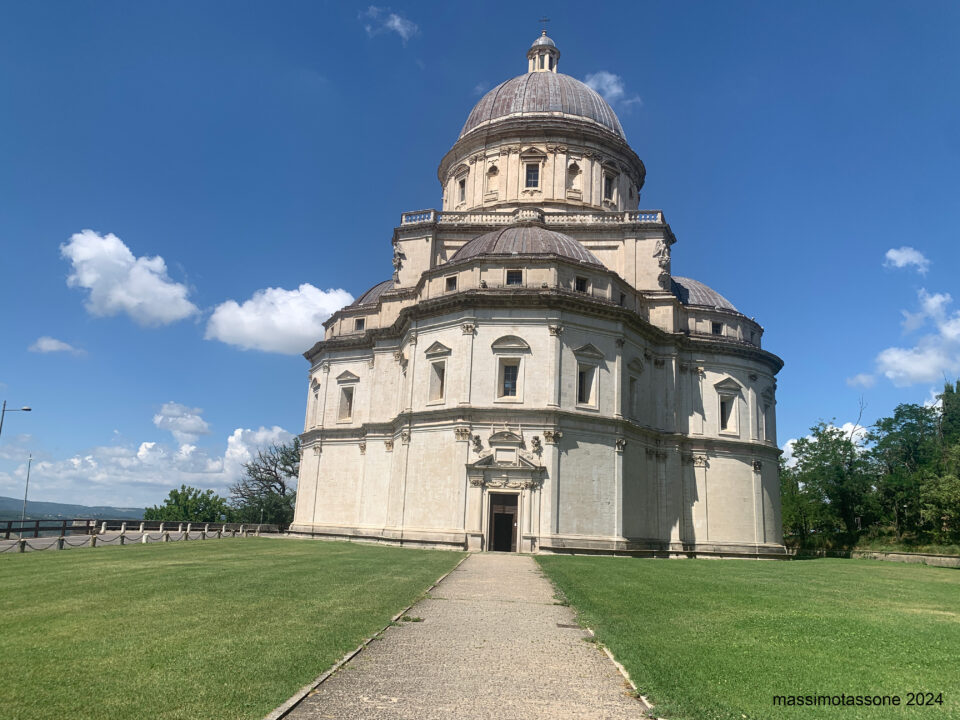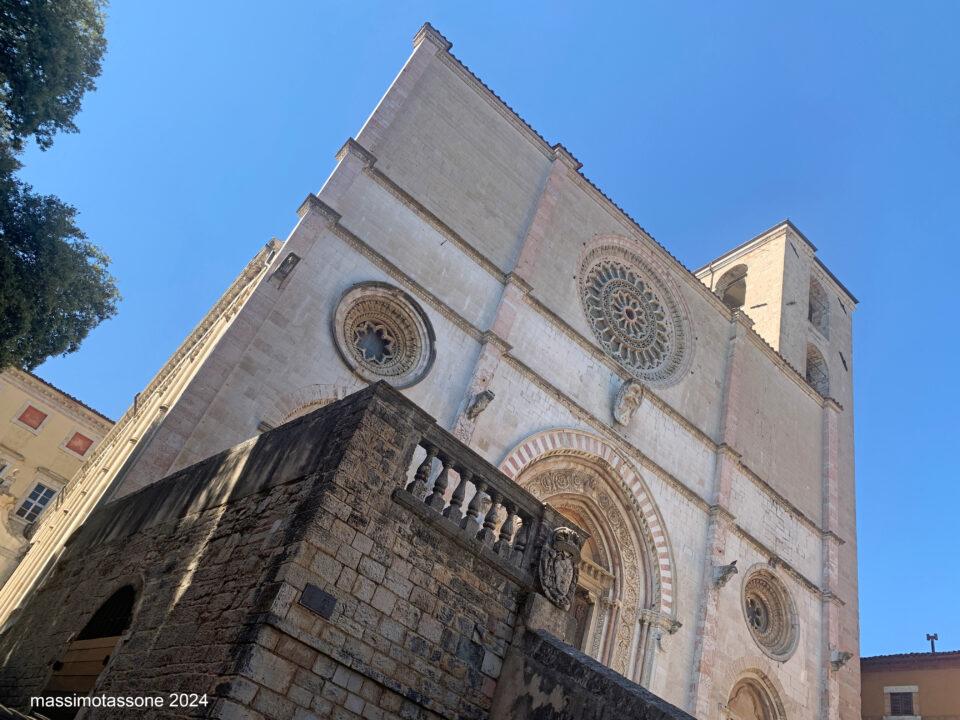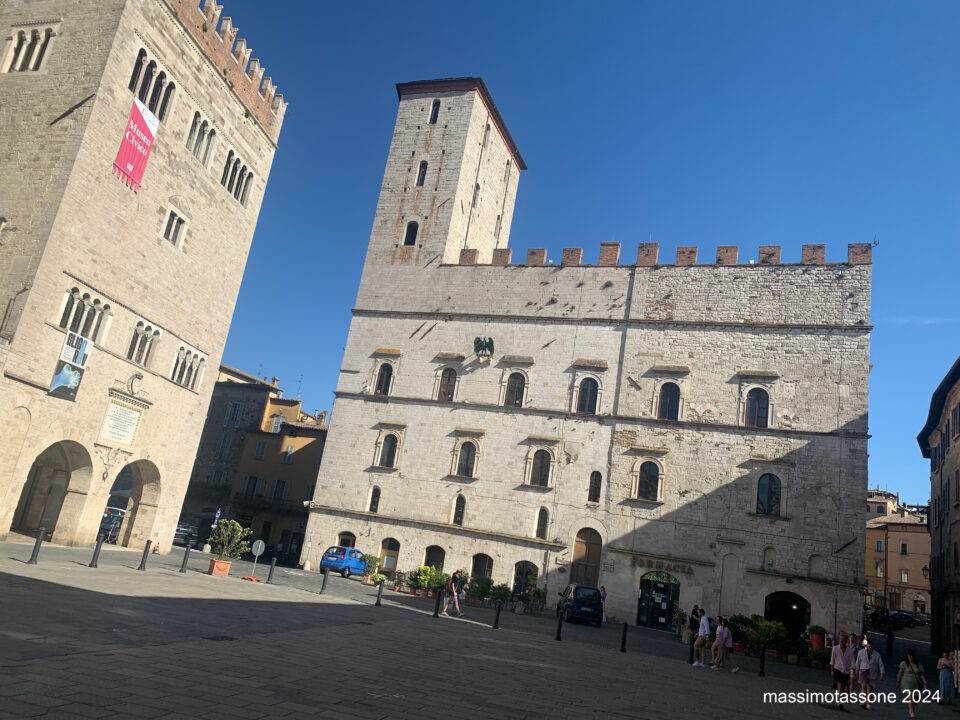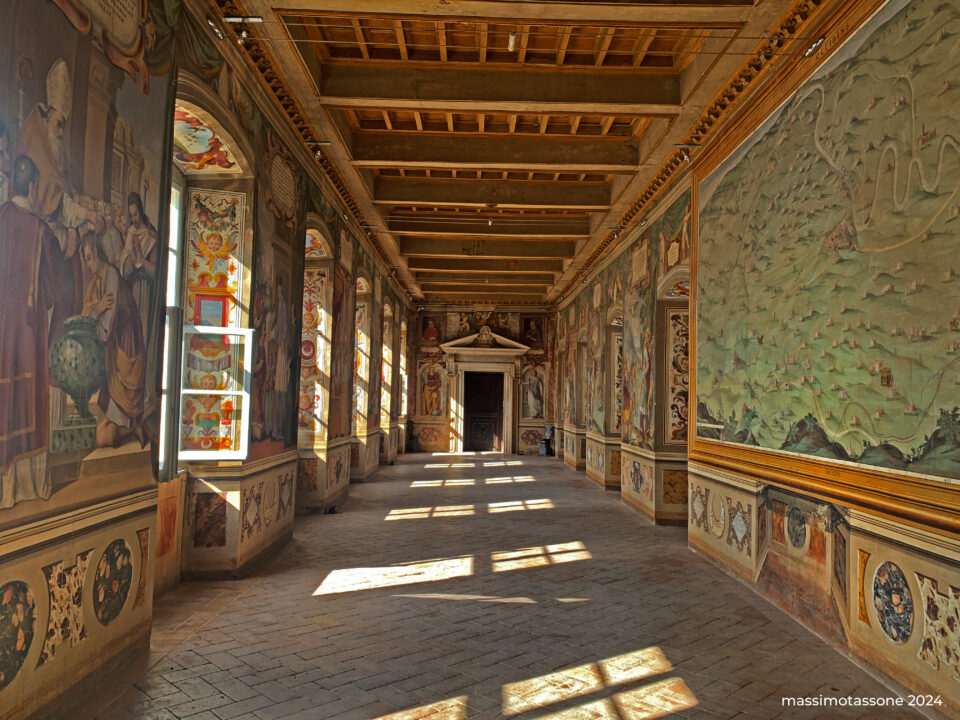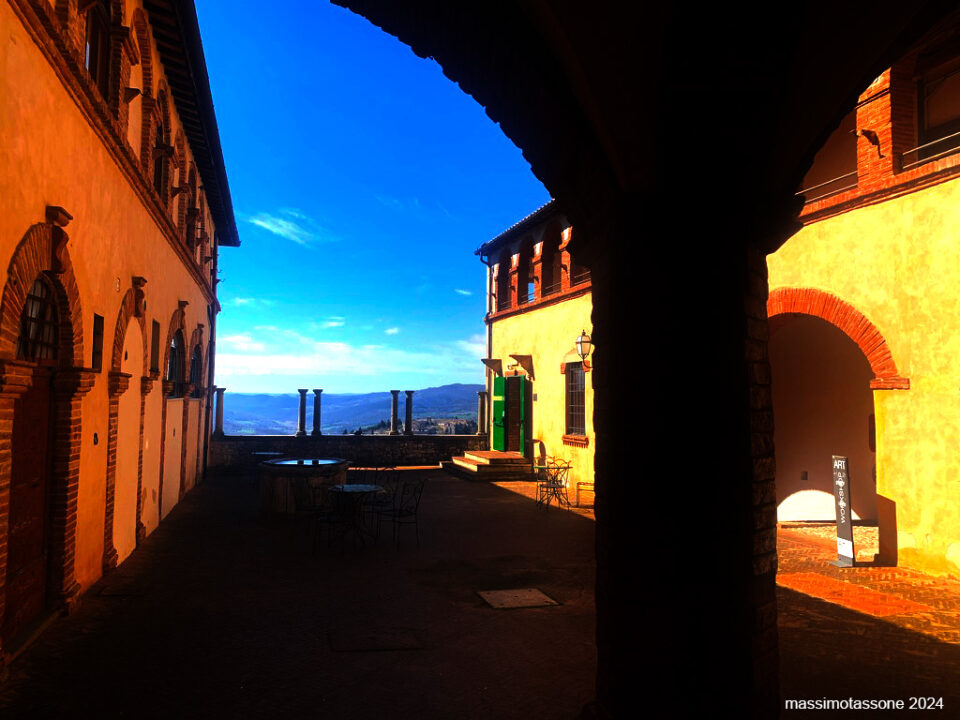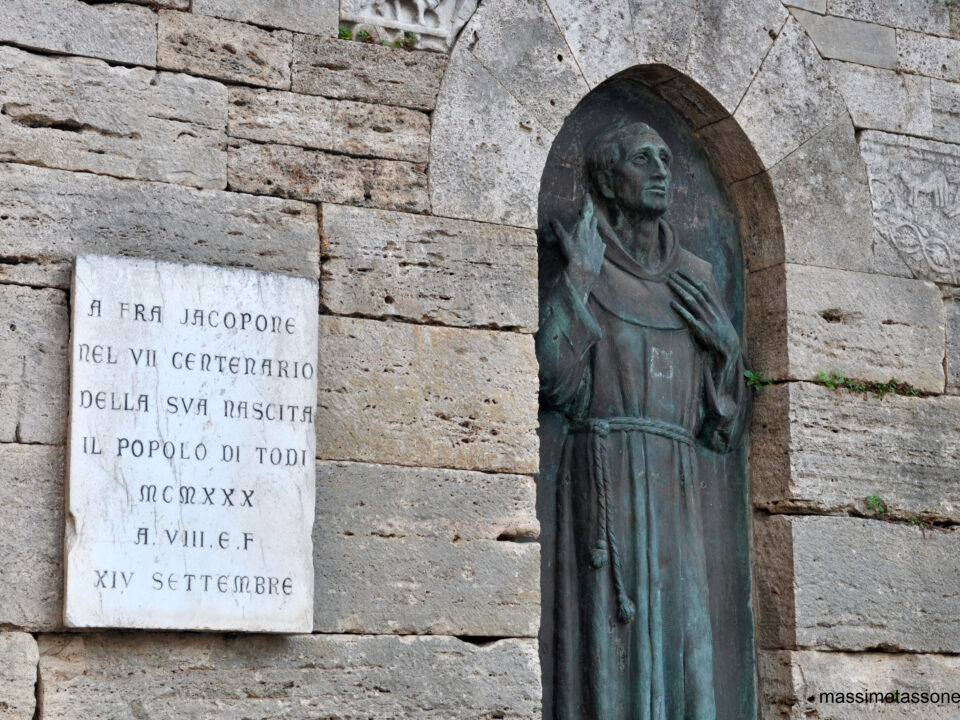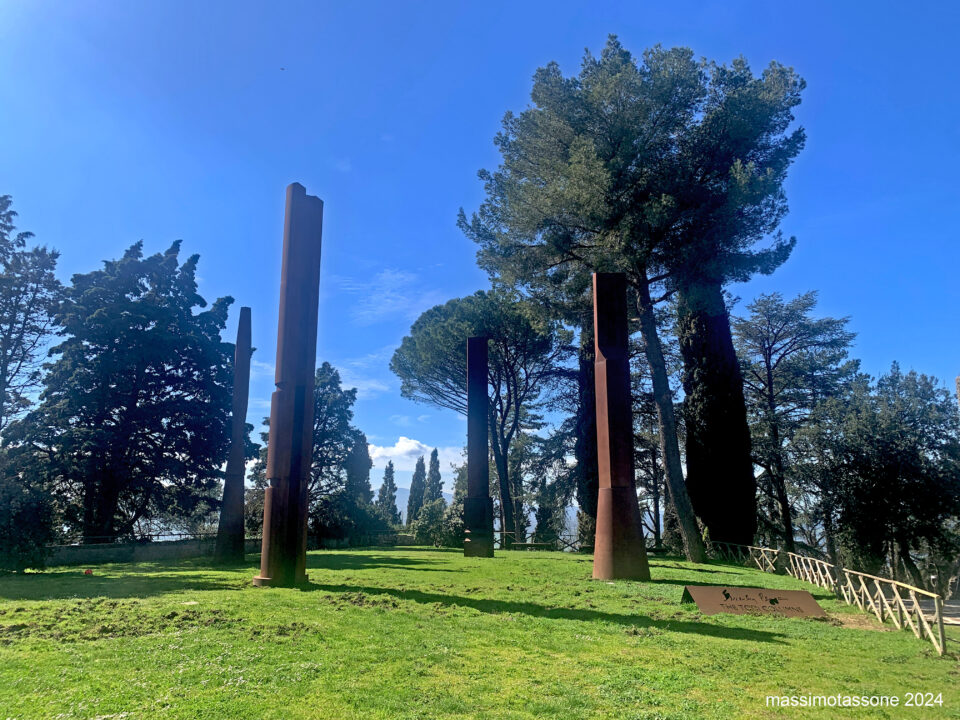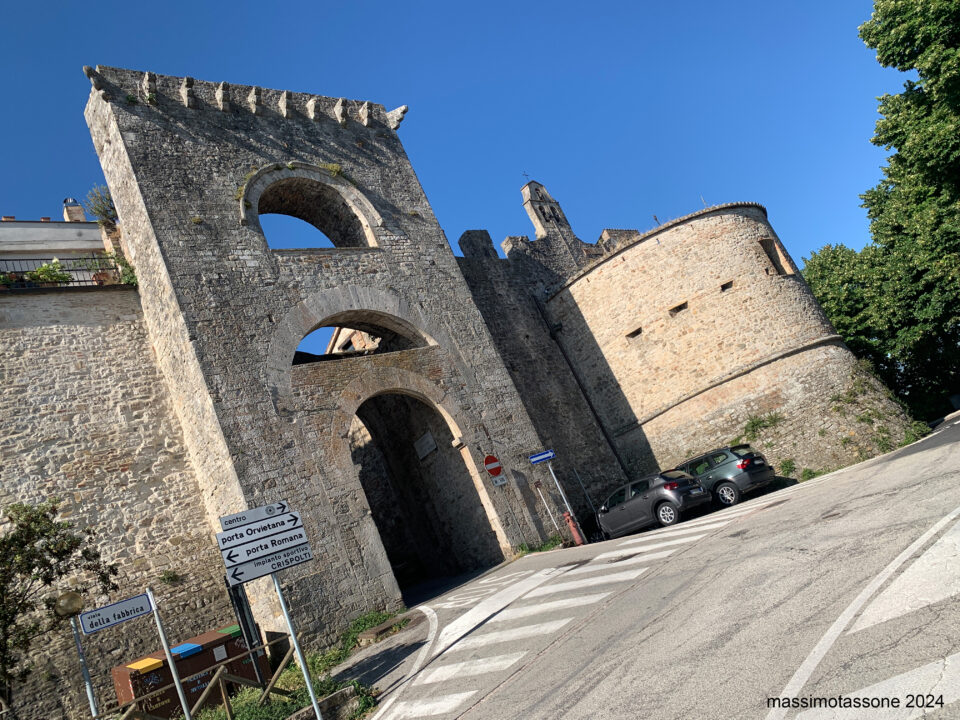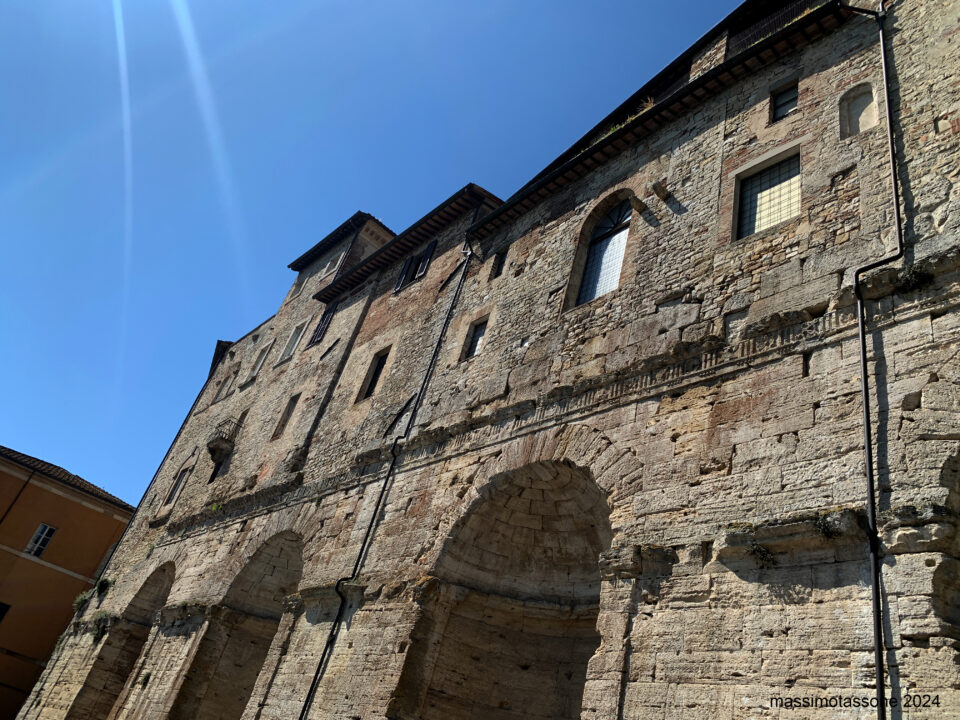The Lucrezie complex, located in the Nidola district, dates back to the first half of the 15th century, when a noblewoman from the Marca Anconetana, Madonna Lucrezia della Genga, in 1425 bequeathed a building near the city walls of Todi to her fellow sisters. The monastic site, belonging to the Third Order of St. Francis, expanded over the years with the acquisition of adjacent properties. The place began to welcome the daughters of the wealthiest and noblest families, who were authorized by the bishop of Todi, Angelo Scardeoni of Viterbo, to live according to the rule of St. Francis. However, the prosperity of the monastery was halted first by the economic crisis that affected religious orders at the end of the 15th century, then by landslides that affected the area around 1760, and finally by the confiscation due to the Napoleonic laws and the subsequent suppression of religious corporations in 1862. After World War I and until 1987, the complex, now property of the municipality, was used for various functions. It was only in the context of the Special Law No. 545 of 1987 for the consolidation of the Orvieto cliff and the Todi hill that the entire structure underwent restoration and recent redevelopment.
The complex includes the monastery with its panoramic and picturesque cloister, a charming theater, and the terrace called "Nido dell'Aquila" (Nest of the Eagle), where, according to legend, the eagle that snatched the tablecloth had its nest. The terrace is supported by imposing Etruscan walls. Lastly, there is the city Lapidarium, which houses stone materials from ancient, medieval, and modern periods, belonging to the municipality and recovered over the centuries in the city and its territory. These materials have been relocated multiple times before finding their current exhibition location in 2008. The museum path includes various sections, following the chronological order of the pieces from the Roman era to the 19th century. Today, the entire complex is also used for cultural events, exhibitions, and film screenings.


